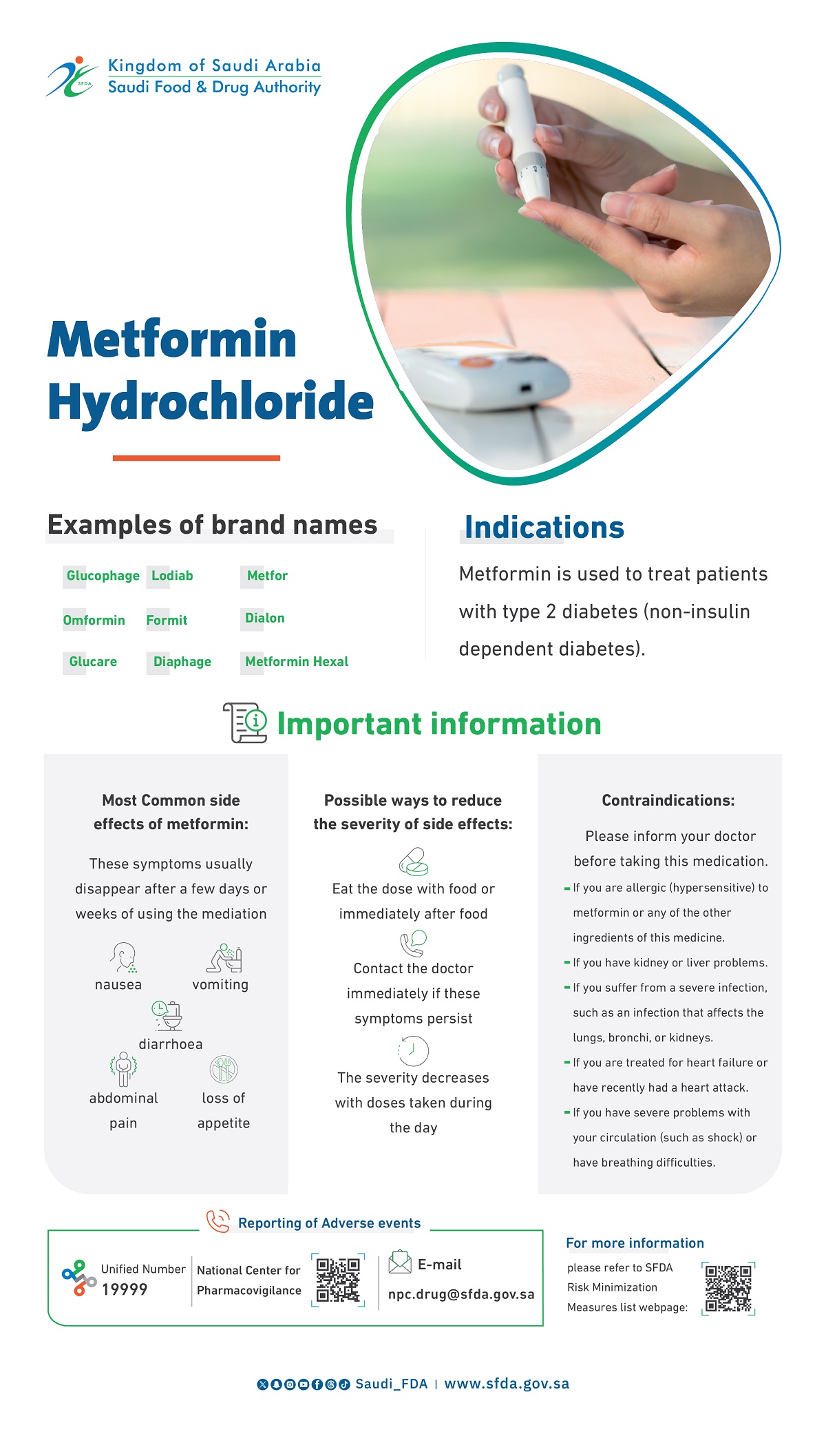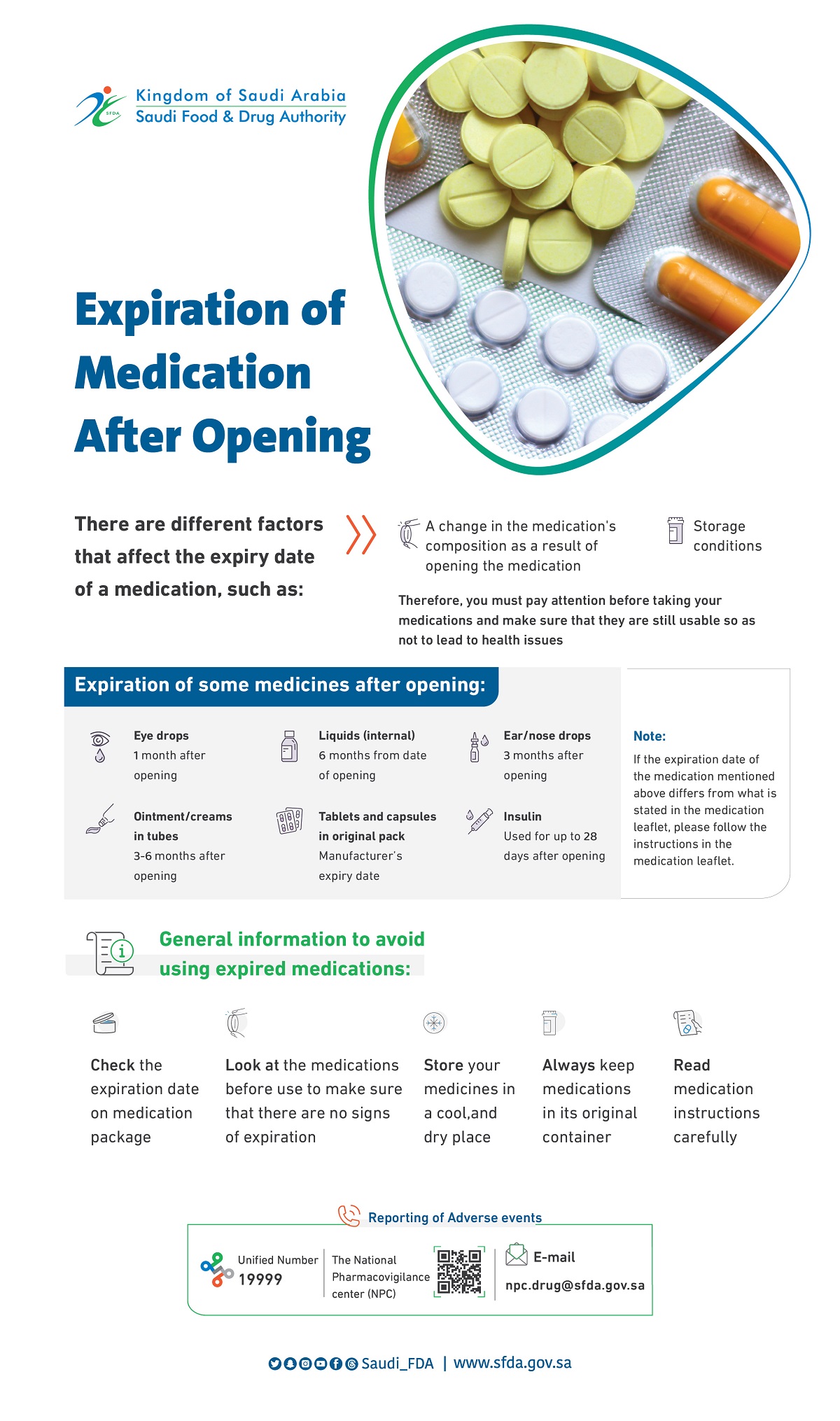
The efficacy and safety of intensive statin therapy
The efficacy and safety of intensive statin therapy
The efficacy and safety of intensive statin therapy
2008-03-26
Recent lipid guidelines recommend aggressive low-density lipoprotein (LDL) cholesterol lowering in patients with coronary artery disease. To clarify the evidence for this recommendation, Authors conducted this meta-analysis of randomized controlled trials that compared different intensities of statin therapy.
Authors searched electronic databases (MEDLINE, EMBASE, Cochrane Central Registry of Controlled Trials, Web of Science) for randomized controlled trials published up to July 19, 2007, that compared statin regimens of different intensities in adults with coronary artery disease and that reported cardiovascular events or mortality. Data were pooled using random-effects models to calculate odds ratios (OR).
A total of 7 trials (29 395 patients) were included. Compared with less intensive statin regimens, more intensive regimens further reduced LDL levels (0.72 mmol/L reduction, 95% confidence interval [CI] 0.60–0.84 mmol/L), and reduced the risk of myocardial infarction (OR 0.83, 95% CI 0.77–0.91) and stroke (OR 0.82, 95% CI 0.71–0.95). Although there was no effect on mortality among patients with chronic coronary artery disease (OR 0.96, 95% CI 0.80–1.14), all-cause mortality was reduced among patients with acute coronary syndromes treated with more intensive statin regimens (OR 0.75, 95% CI 0.61–0.93).
Compared with lower intensity regimens, more intensive regimens were associated with small absolute increases in rates of drug discontinuation (2.5%), elevated levels of Aminotransferases (1%) and myopathy (0.5%), and there was no difference in noncardiovascular mortality. All 7 trials reported events by randomization arm rather than by LDL level achieved. About half of the patients treated with more intensive statin therapy did not achieve an LDL level of less than 2.0 mmol/L, and none of the trials tested combination therapies.
Authors’ analysis supports the use of more intensive statin regimens in patients with established coronary artery disease. There is insufficient evidence to advocate treating to particular LDL targets, using combination lipid-lowering therapy to achieve these targets or for using more intensive regimens in patients without established coronary artery disease.
Source: CMAJ February 26, 2008; 178 (5)





